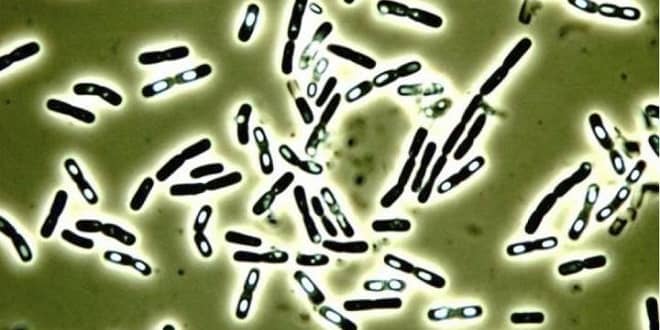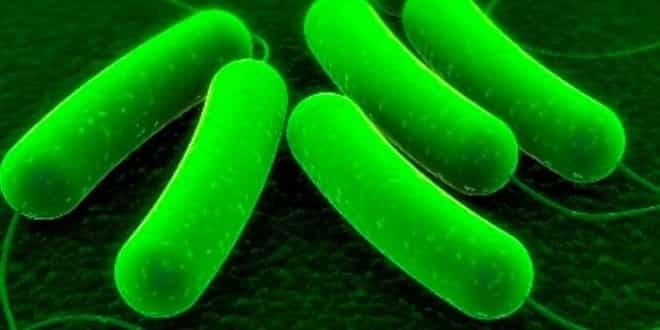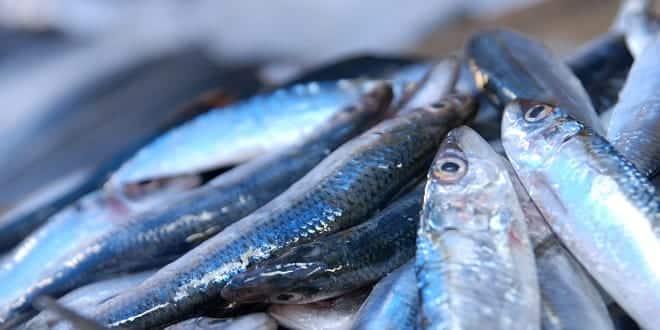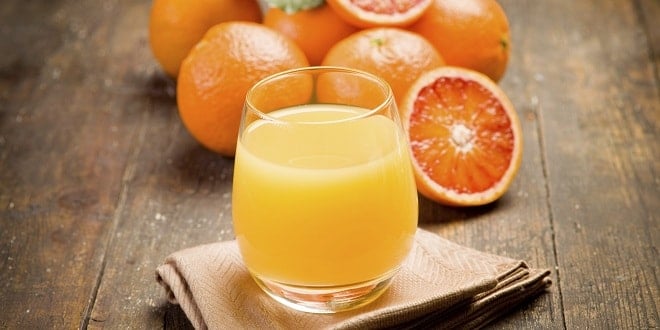Gıda Mikrobiyolojisi
-

Laboratory > Antibiotic Sensivity Testing
PURPOSE Antibiotics form an interesting therapeutically useful group of compounds.The production of antibiotics is a common occurance.In this experiment we have examined the effectiveness of antibiotics (Enoxocin,amoxclavocid and aztreonom) and we have compared their inhibition effects on S.aureus and E.coli microorganisms. THEORY An antibiotic is a drug that kills or slows the growth of bacteria. Antibiotics are one class of “antimicrobials”, a larger group which also includes anti-viral, anti- fungal, and anti-parasitic drugs. They are relatively harmless to the host, and therefore can be used to treat infection. The term originally described only those formulations derived from living…
-

Laboratory > Anticeptics and Disinfectants
PURPOSE Antimicrobial chemicals have killing effect on microorganisms. Anticeptics have killing effect on living organisms, whereas disinfectants are used to sterilize instruments.In this experiment we have examined the elimination effects of anticeptics (zeption, formaldehyde and ethyl alcohol) on the growth of Staphylacoccus aureus and E.coli bacterias. THEORY ‘Antimicrobial agents’ are pesticides that control unwanted microbes on inanimate objects, in water, and on selected foods under certain circumstances. These pesticides are almost always chemicals, and they act by killing or inactivating microbes that are pests. Antimicrobial pesticides include the disinfectants used in swimming pools, drinking water supplies, and in hospitals to…
-

Laboratory > Bacillus Cereus İzolasyonu
Deneyin Adı: Bacillus cereus izolasyonu Deneyin Amacı: Maydanoz örneğinde Bacillus cereus aranması Bacillus Cinsi Bakterilerin Genel Özellikleri Bacillaceae familyasına dahil olup, gram(+) [bazı türleri değişken], aerobik veya fakültatif anaerobik, spor oluşturan, çubuk şeklinde katalaz (+) bakterilerdir. Çoğunlukla mezofilik olmakla birlikte psikrotrof ve termofilik türleri de vardır. Endospor oluştururlar. 100 °C ‘de 10 dakika kaynatma bakterinin vejetatif şekillerini öldürür fakat sporlar ölmeyebilir. Toprak kökenli olup, gerek toz ve toprak ile gerekse su ile yayılım göstermektedir. Beyaz-krem renkli, sarı, pembe, portakal rengi ve siyah renklerde pigmentli koloniler oluşturabilir. Şekeri fermente ederler ve asit üretirler. Ancak gaz oluşumu görülmez. Proteinleri ise, amonyak oluşumu…
-

Bacterial Cultivation – Selective / Differential Media
Lab 13- Bacterial cultivation Selective /differential media Lab activities: Demo selective and differentiation plates Streaking bacteria on differentiation plates Cultivation The process of growing microorganisms in culture by taking bacteria from the infection site (in vivo or environment) and grow them in artificial environment in the laboratory (in vitro). Growth needs Fastidious bacteria – relatively complex growth needs Non-fastidious bacteria- relatively basic and straightforward growth needs Phases of growth media Broth- Growth of bacteria will change the liquid from clear to turbid (cloudy). Solid – Agar plates, slants – Bacterial cells…
-

Laboratory > Counting
Counting bacterial colonies on agar plates is a simple and effective method for determining the number of viable bacteria in a sample. This method relies on the growth of a bacterial cell in an agar plate to form a visible colony, only living or viable bacterial cells will be counted. If the total cell count is required, please use a counting chamber (Haemocytometer). Aseptic technique is used for all steps. There are four major steps in the procedure: · preparation of serial dilutions · mixing the serial dilutions into agar · counting the…
-

Laboratory > Culture Media & Culture Methods ( Babitha ELIAS )
CULTURE MEDIA & CULTURE METHODS Babitha Elias Bacteria have to be grown (cultured) for them to be identified. By appropriate procedures they have to be grown separately (isolated) on culture media and obtained as pure for study. History The original media used by Louis Pasteur – urine or meat broth Liquid medium – diffuse growth Solid medium – discrete colonies. Colony – macroscopically visible collection of millions of bacteria originating from a single bacterial cell. Cooked cut potato by Robert Koch – earliest solid medium Gelatin – not satisfactory –…
-

Laboratory > Fish
PURPOSE: The purpose of this experiment was to investigate microbiological affectivities of fish. THEORY: International competitiveness requires optimal productivity, quality and value, and the development of new products from traditional raw materials, underutilized species and waste streams. The productivity and competitiveness of seafood processing depends not only on the sources and costs of raw materials, but also on other costly resources: energy, water, labor and waterfront space. Energy equipment for thermal operations (refrigeration, cooking and retorting) is tremendous, yet opportunities exist for conservation through energy and water audits and demonstrating…
-

Laboratory > Fruit juice
PURPOSE: The purpose of this experiment was to investigate microbiological properties of orange fruit juice THEORY: In non-acid, moist foods, yeasts and moulds grow more slowly than bacteria and therefore seldom cause problems in such foods. However, in acid foods and foods of low water activity, they outgrow bacteria and thus cause spoilage losses especially if the products (e.g., fresh fruit and vegetables, frozen or dried foods) are improperly stored. Additionally, there is also the potential hazard form production of mycotoxins by moulds. Humans should not consumer foods that are visibly mouldy. This excludes cheeses such as Roquefort or…








